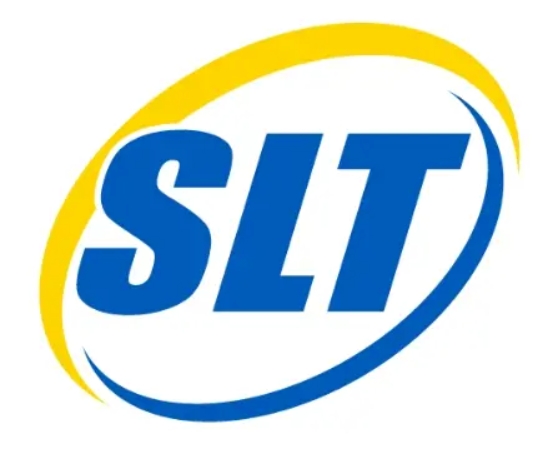The Boulder Group announced the release of its 2nd Quarter Net Lease Research Report today. The report features a comprehensive format with specific net lease sector information. Cap rates in the single tenant net lease sector experienced minimal changes in the second quarter of 2025, with overall cap rates increasing just one basis point to 6.79%. Retail cap rates edged up slightly to 6.57% (+1 bp), while office cap rates increased to 7.85% (+5 bps). Industrial cap rates remained unchanged at 7.23% for the second consecutive quarter.
“This modest increase in cap rates illustrates a change from the more pronounced upward trajectory experienced from 2022 to 2024,” says Randy Blankstein, President, The Boulder Group. “This suggests the market may be stabilizing after three years of consistent cap rate increases.”
The plateauing of cap rates can be best attributed to the combination of the Federal Reserve holding rates steady in 2025, investor adjustment to the current interest rate environment and market stabilization following three years of cap rate expansion.
“Transaction activity in the second quarter demonstrated a pronounced flight to credit quality, with premium tenants commanding cap rates lower than the market averages,” adds Jimmy Goodman, Partner, The Boulder Group.
High-credit retailers like 7-Eleven, Chase Bank and Wawa commanded sub-6% cap rates, while tenants with ongoing corporate challenges such as Walgreens traded at cap rates in excess of 7%. This bifurcation reflects investors' heightened focus on tenant financial strength amid economic uncertainty. Further proof of this concept is the QSR sector, where corporate QSR brands continued to attract aggressive pricing, with Chick-fil-A and McDonald’s maintaining their position as the most aggressively priced assets in net lease at 4.45% and 4.38% cap rates respectively.
“The net lease market continues to show signs of stabilization after three years of cap rate increases, with the second quarter marking a notable change in pricing momentum,” John Feeney, Senior Vice President, The Boulder Group adds.
While transaction volume remains below historical peaks, particularly in the 1031 exchange space, the narrowing bid-ask spreads and continued institutional participation suggest improved market liquidity. Investors are closely monitoring Federal Reserve policy signals and broader capital market conditions as they evaluate acquisition opportunities. With cap rate movements moderating and supply-demand dynamics showing greater balance, net lease activity is expected to gain momentum through the remainder of 2025. Pricing and transaction volumes will likely remain well below the peak market conditions experienced in prior years.
To view the full report: https://bouldergroup.com/media/pdf/2025-Q2-Net-Lease-Research-Report.pdf
About The Boulder Group
The Boulder Group is a boutique, Chicago-based investment real estate services firm specializing in transaction and advisory services for single tenant net lease properties. Founded in 1997, the firm has closed over $9 billion of net lease property transactions. The firm provides a full range of brokerage, research, advisory, and financing services nationwide. The level of annual, single-tenant transaction volume consistently ranks the firm in the top 10 companies nationally, according to industry benchmarks determined by CoStar and Real Capital Analytics.
Media Contact
Company Name: The Boulder Group
Contact Person: Randy Blankstein
Email:Send Email
Phone: 8478816388
Address:3520 Lake Avenue Suite 203
City: Wilmette
State: Illinois
Country: United States
Website: https://www.bouldergroup.com/NNN-Properties-For-Sale.html






